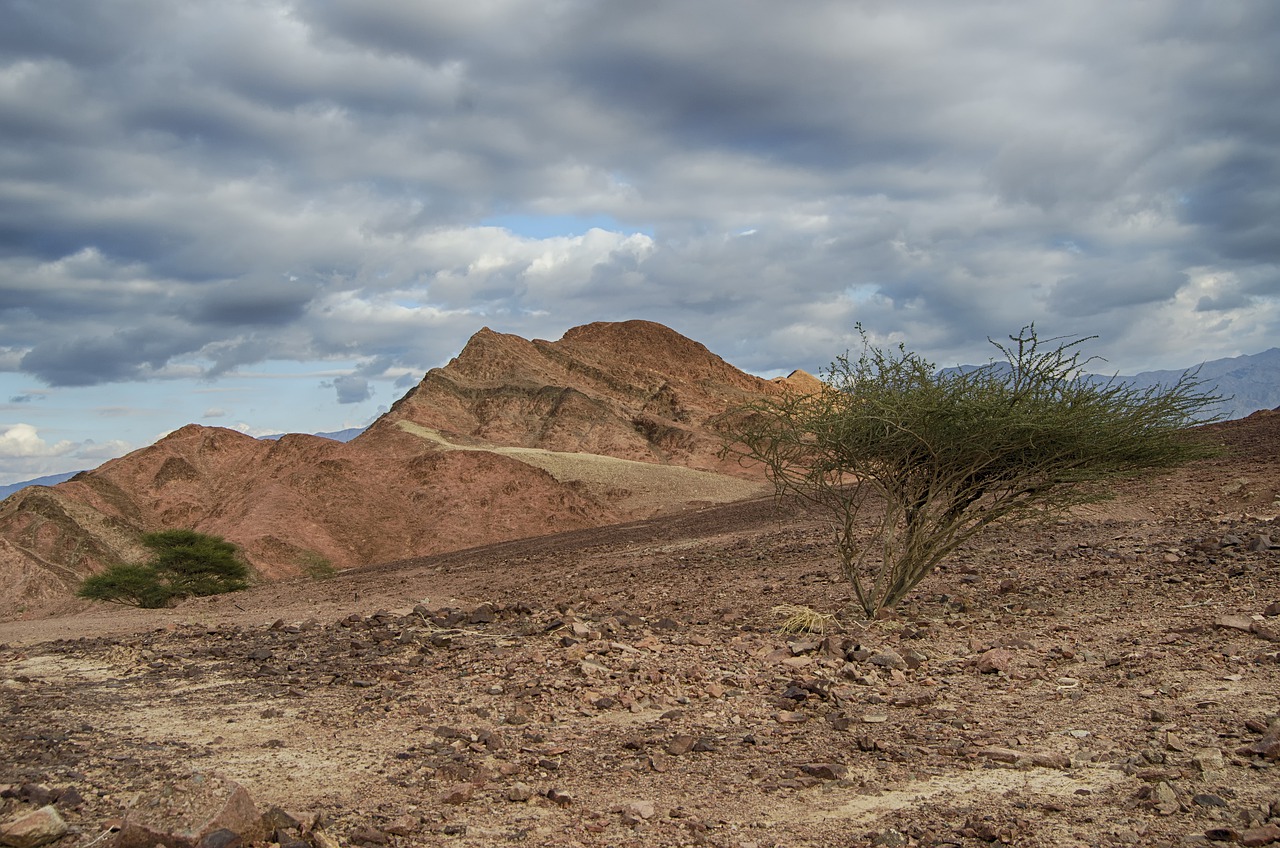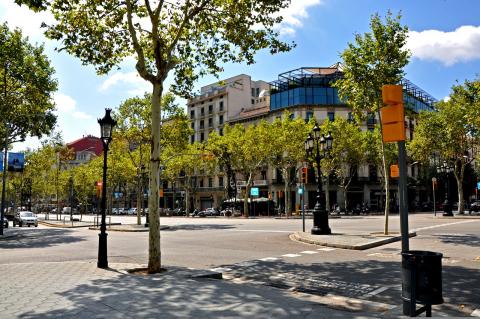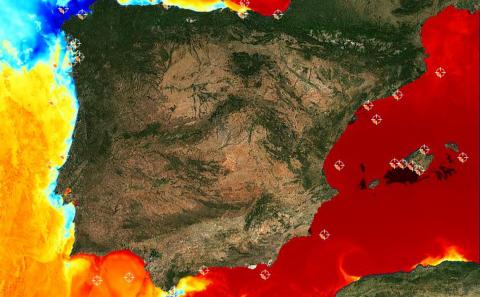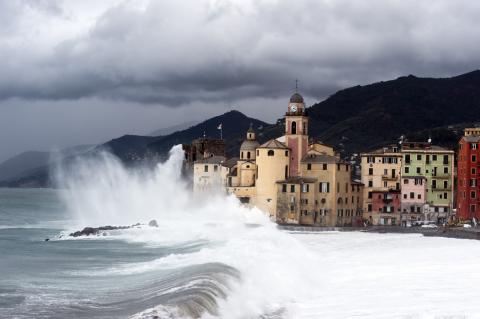Reactions to planting trees in drylands to fight climate change
A study published in Science analyses the potential climate benefits of afforestation - both planting trees to create new forests and reforesting old ones - of the world's drylands. The authors show that the cooling effect of afforestation of this vast area would only amount to a decrease of about 1 % of projected greenhouse gas emissions in the business-as-usual and medium-emissions climate scenarios.

Francisco Lloret - plantar árboles EN
Francisco Lloret
Professor of Ecology at the Autonomous University of Barcelona and CREAF researcher
The study provides a further element for the global-scale calculation of the effect of massive afforestation (planting of new forests) on the planet's climate, an action on the agenda of governments and international organisations. The work focuses on arid regions of the planet, where this effect has not been sufficiently estimated due to the low productivity of their ecosystems. The contribution of the study corresponds to the balance between (1) the reduction in temperature, resulting from the capture of atmospheric CO2 by forests, and (2) the warming caused by vegetation by absorbing solar radiation and preventing it from being reflected and returned to space - this phenomenon is known as albedo. The study's calculations show that this balance results in a removal by these new forests of 9.7 Gigatonnes (billion tonnes) of atmospheric carbon by 2100, significantly less than previous estimates that did not consider the effect of albedo.
However, as the authors acknowledge, the calculation of the overall effect of this afforestation is not complete. Vegetation also has a climate-cooling effect, by promoting the transfer of liquid-phase water from the soil to the atmosphere as a gas. In fact, water plays a fundamental role in climate regulation, which has not been addressed in the study. Moreover, forest growth itself depends on the availability of water, which depends not only on temperature and precipitation, but also on the existence of sufficiently developed soils that allow it to be absorbed by tree roots. In other words, the ability of forests to develop in arid climates does not depend solely on climate. In addition to the existence of suitable soils, forest growth in hot, dry climates faces problems such as fire and forest pests.
The study shows that the contribution to the bottom line of different arid regions of the world differs considerably. Indeed, local characteristics are extremely important for the success of the objectives of these afforestations, and the global scale of the study is hardly extrapolable to smaller territories, such as the Iberian Peninsula. It is essential to recognise that ecosystems provide multiple services, not only the capture of CO2, but also the regulation of water resources and the maintenance of biodiversity, among others. We know that the intensification of land use maximises some of these services, often to the detriment of others. For this reason, massive afforestation without taking into account local specifications and the compatibility of this multiplicity of services does not seem to be a good solution to the environmental crisis we are experiencing. These issues are not the subject of this article.
Susana Gómez - plantar árboles EN
Susana Gómez González
Coordinator of the Master's Degree in Conservation and Management of the Natural Environment and researcher in the Biology-IVAGRO department at the University of Cádiz
We must internalise that the solution to global warming cannot rest on tree plantations. According to Shani Rohatyn et al, afforestations (tree plantations in non-forested areas) have a limited capacity to "cool" the planet, when albedo reduction is considered. Despite this message, the study proposes specific areas where afforestations could be effective for this purpose.
In this regard, it is important to note that afforesting areas that are naturally treeless, such as semi-arid shrublands or grasslands, can erode biodiversity, reduce the ability of soils to store carbon in a stable manner, decrease water availability and increase the severity of fires. This would call into question the benefit of such afforestation, even in the potentially "cooling" areas proposed in this study.
The solution to climate change must focus on reducing our emissions, making our production systems more sustainable and restoring the balance of ecosystems and biodiversity. Sometimes the best way forward is to take a step back.
Lluís Brotons - plantar árboles EN
Lluís Brotons
CSIC researcher at CREAF and co-coordinator of the Laboratory for Biodiversity and Landscape Ecology
I was surprised that in the context of climate change and afforestation, fire risk is not discussed. The study concludes that the contribution of afforestation policies in drylands is not very important, but if we include the potential risks from the increased flammability of these new forests under climate change conditions, their potential contribution to future carbon sequestration would be overestimated.
This would further reinforce the limitations of large-scale afforestation in arid areas, such as those prevailing in a large part of the Iberian Peninsula, if the objectives are purely for climate mitigation.
Shani Rohatyn et al.
- Research article
- Peer reviewed
- Modelling



